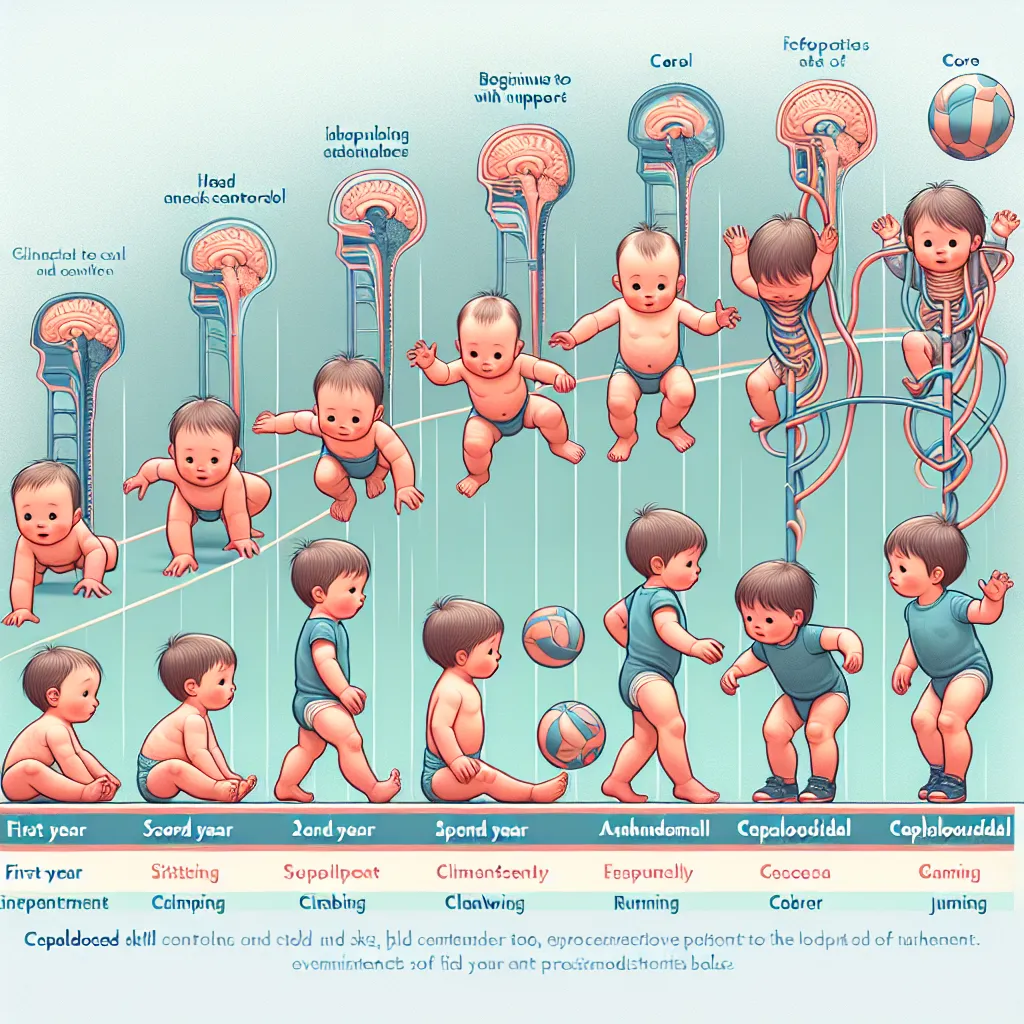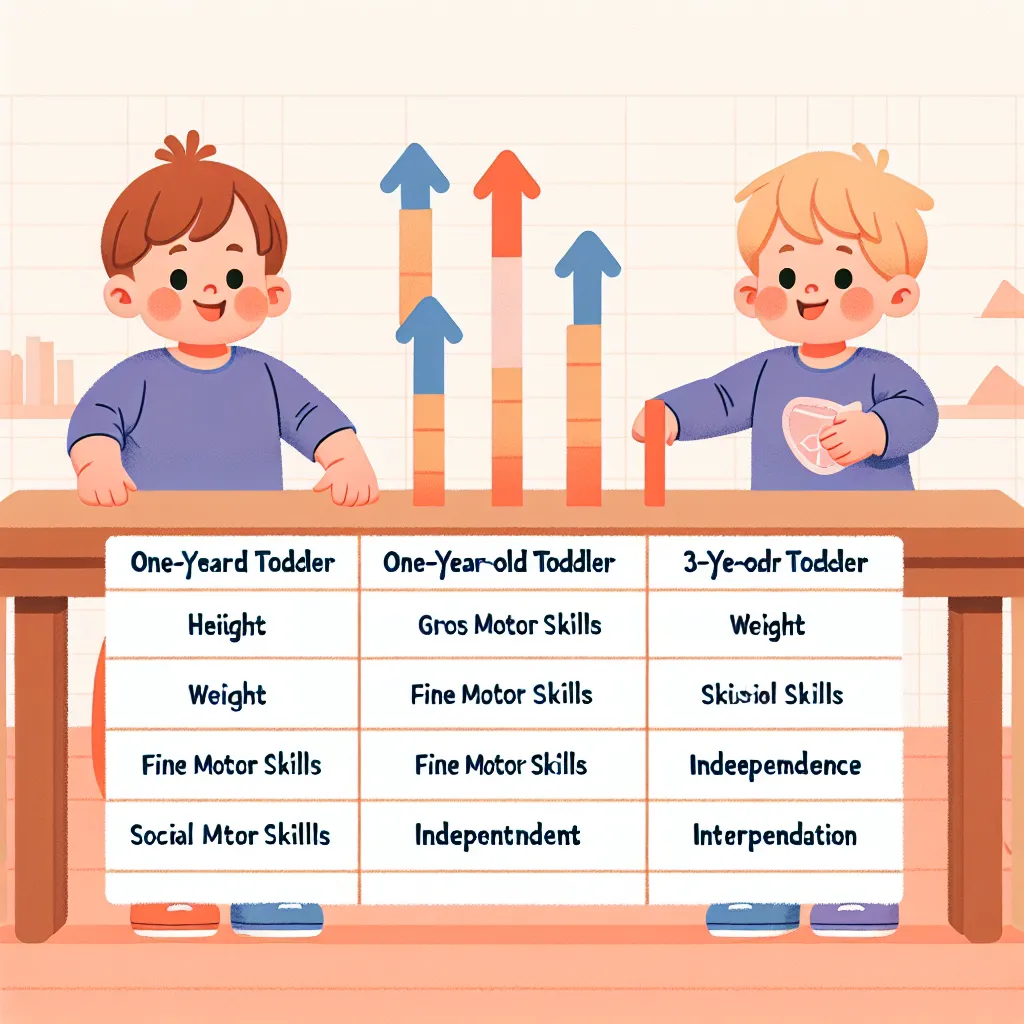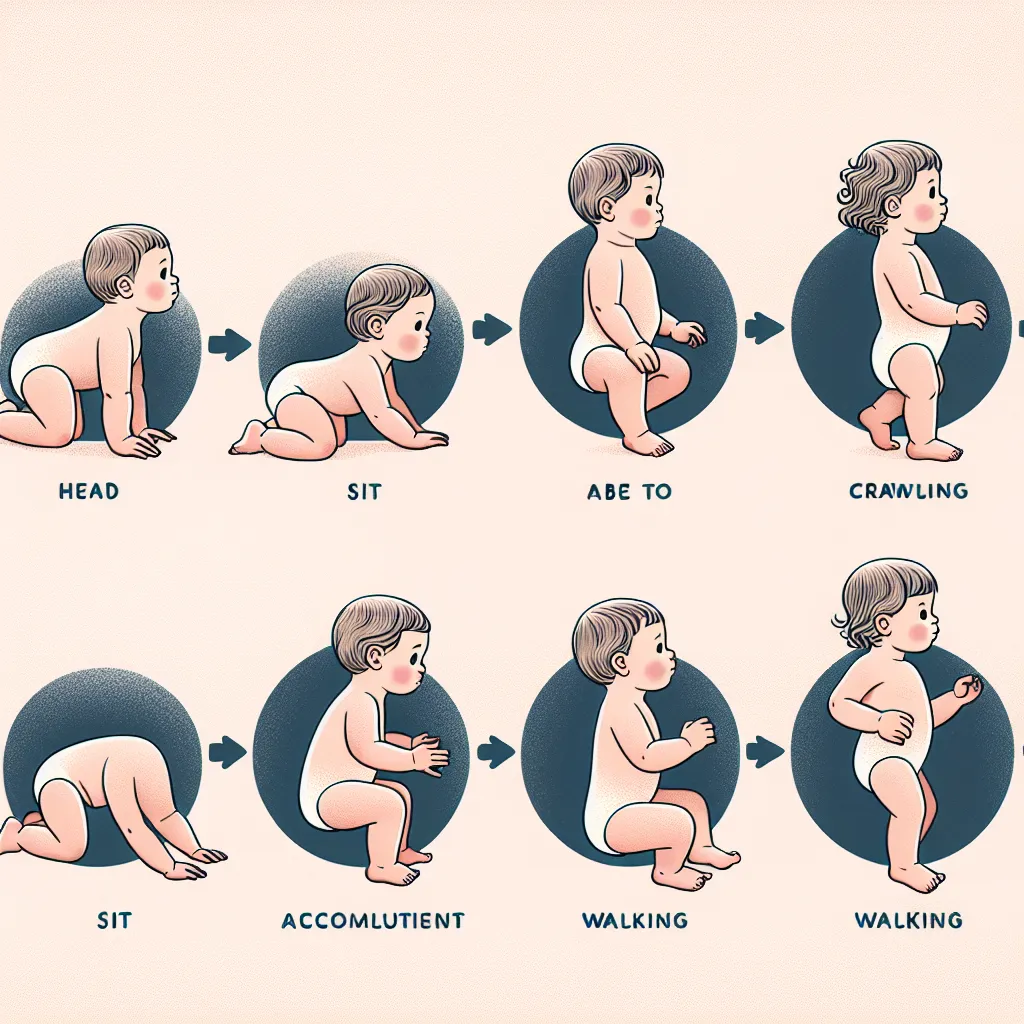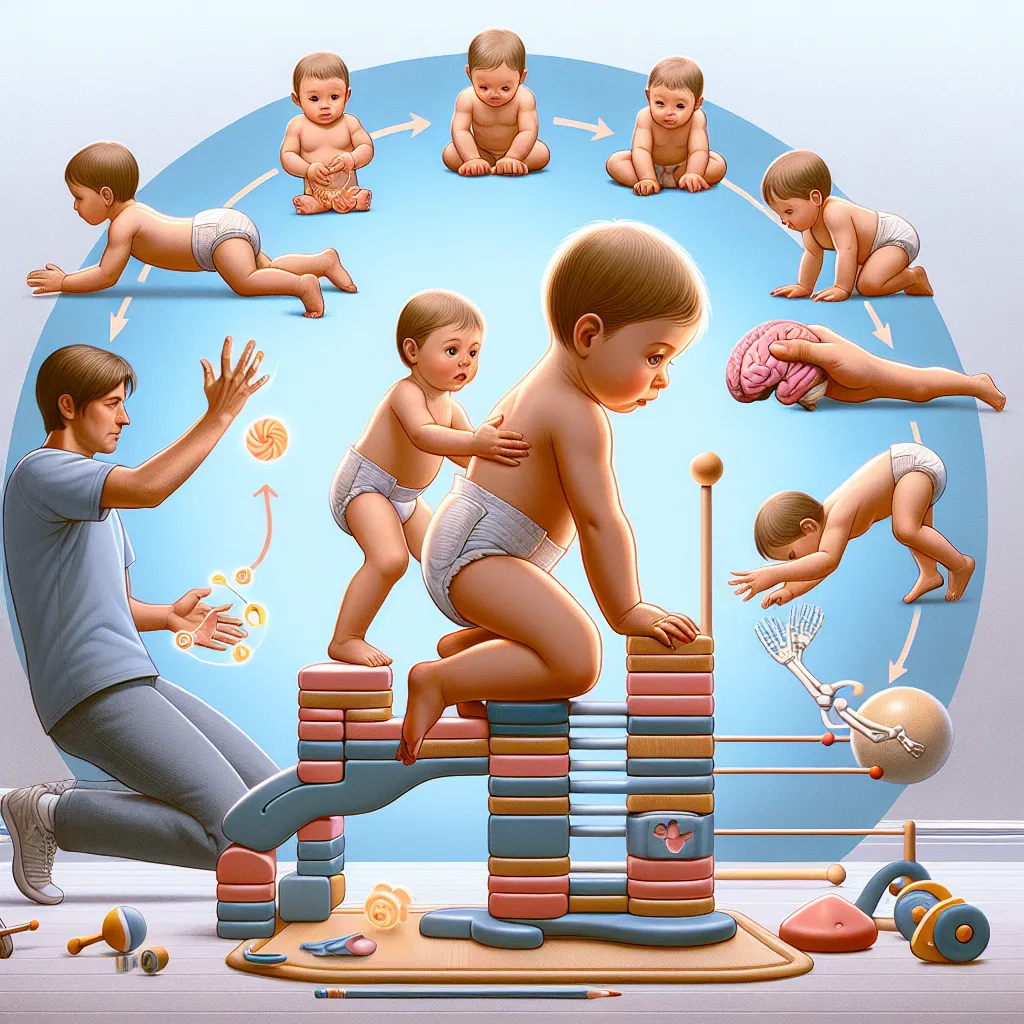Ask AI on The Internet
Question: Explain the concept of the cephalocaudal growth pattern during the period between one and three years old and its significance in a toddler's physical development.
The cephalocaudal growth pattern is a fundamental concept in developmental biology and pediatrics, describing the sequence in which physical growth and motor development proceed from the head (cephalo) down to the tail or extremities (caudal). This pattern is particularly evident during the early years of life, including the critical period between ages one and three. ### Key Aspects of the Cephalocaudal Growth Pattern in Toddlers: 1. **Head and Neck Development**: - At birth, a child’s head is disproportionately large compared to the rest of the body. - By the age of one, toddlers gain better control over their head and neck movements. This is due to the maturation of muscles and neural pathways in these regions. - Improved head control is crucial as it lays the foundation for other developmental milestones, such as sitting upright and focusing vision. 2. **Torso and Upper Body Development**: - Following head and neck control, toddlers begin to develop strength and coordination in their torso and upper body. - This includes gaining control over their chest, shoulders, and arms, enabling actions such as reaching, grabbing, and manipulating objects. - Mastery in these areas supports abilities such as sitting without support and beginning to crawl. 3. **Lower Body Development**: - Finally, muscle strength and motor skills develop in the legs and lower extremities. - Between one and three years of age, toddlers typically learn to stand, walk, and eventually run. These milestones illustrate the cephalocaudal progression from head to lower body. - Leg and foot development is critical for achieving mobility and exploring their environment, which further promotes cognitive and social development. ### Significance in a Toddler's Development: 1. **Motor Skill Progression**: - Following the cephalocaudal pattern ensures that foundational motor skills are developed before more complex movements. - For example, a toddler needs adequate head and torso control before they can balance on their feet and walk. 2. **Neurodevelopment**: - The maturation of the central nervous system also follows a cephalocaudal pattern. - Neural networks in the brain and upper spinal cord develop earlier and influence motor functions, ensuring that more crucial life-sustaining functions are managed first. 3. **Growth and Proportion**: - Over time, as growth spurts occur, the proportions of the body become more balanced. - Toddlers gradually transition from having a larger head and shorter limbs to proportions more characteristic of older children and adults. 4. **Foundation for Further Development**: - Early physical development sets the groundwork for future skills. - Further complex activities like fine motor skills, coordination, and athletic abilities build on the basic physical competencies established during the toddler years. Understanding the cephalocaudal growth pattern helps caregivers, educators, and healthcare providers support toddlers’ physical development effectively. Engaging toddlers in activities that promote motor skills appropriate for their development stage can foster healthy growth and build confidence in their abilities to navigate the world.
Think your answer is better than the AI's? Post it below.
Other Most Relevant Posts:
 3.1 Cephalocaudal Growth Pattern
3.2 Proximodistal Growth Pattern
3.3 Role of Neurological Changes
3.4 Comparison Table: One-Year-Old vs. Three-Year-Old Toddler
3.5 Sequence of Physical and Motor
3.1 Cephalocaudal Growth Pattern
3.2 Proximodistal Growth Pattern
3.3 Role of Neurological Changes
3.4 Comparison Table: One-Year-Old vs. Three-Year-Old Toddler
3.5 Sequence of Physical and Motor
 1. Toddler Height and Development
2. Toddler Weight and Physical Activity
3. Gross Motor Skills of Toddlers
4. Fine Motor Skills of Toddlers
5. Toddler Communication Skills
6. Cognitive Developme
1. Toddler Height and Development
2. Toddler Weight and Physical Activity
3. Gross Motor Skills of Toddlers
4. Fine Motor Skills of Toddlers
5. Toddler Communication Skills
6. Cognitive Developme
Question Tags
If you want your question answered by an AI, click here.





Post your own comment: